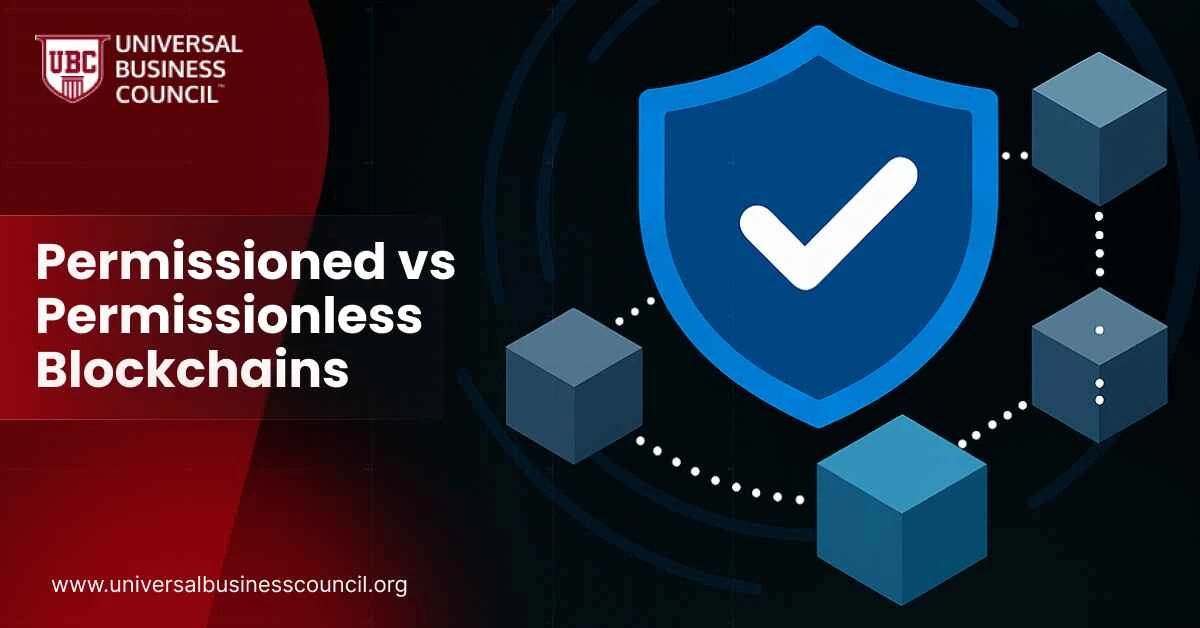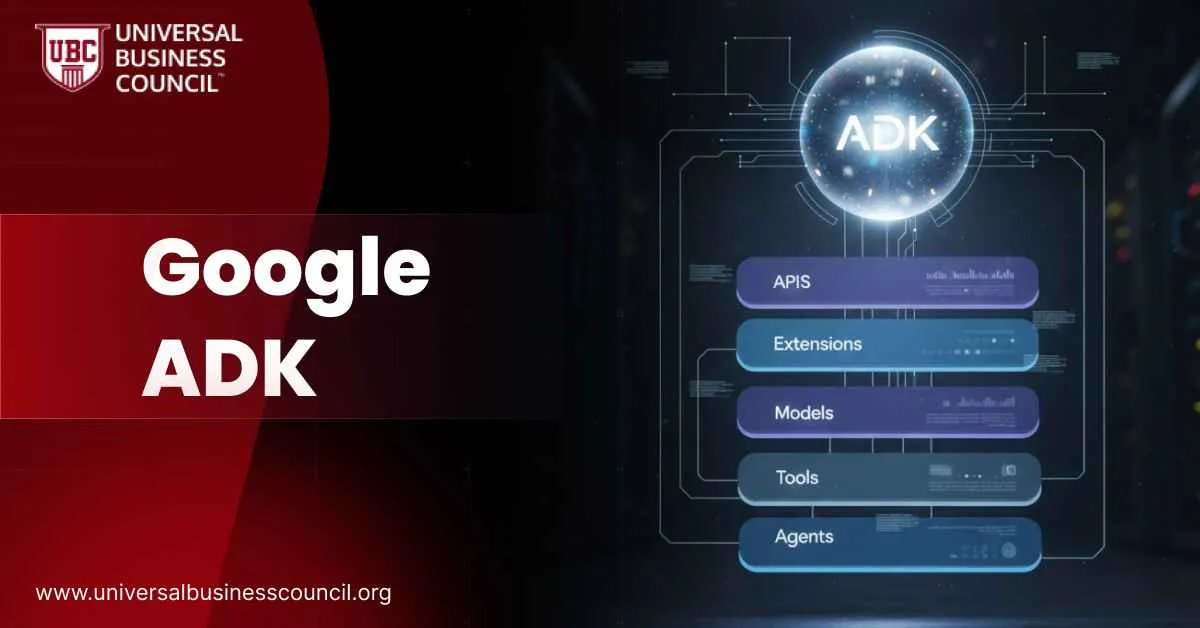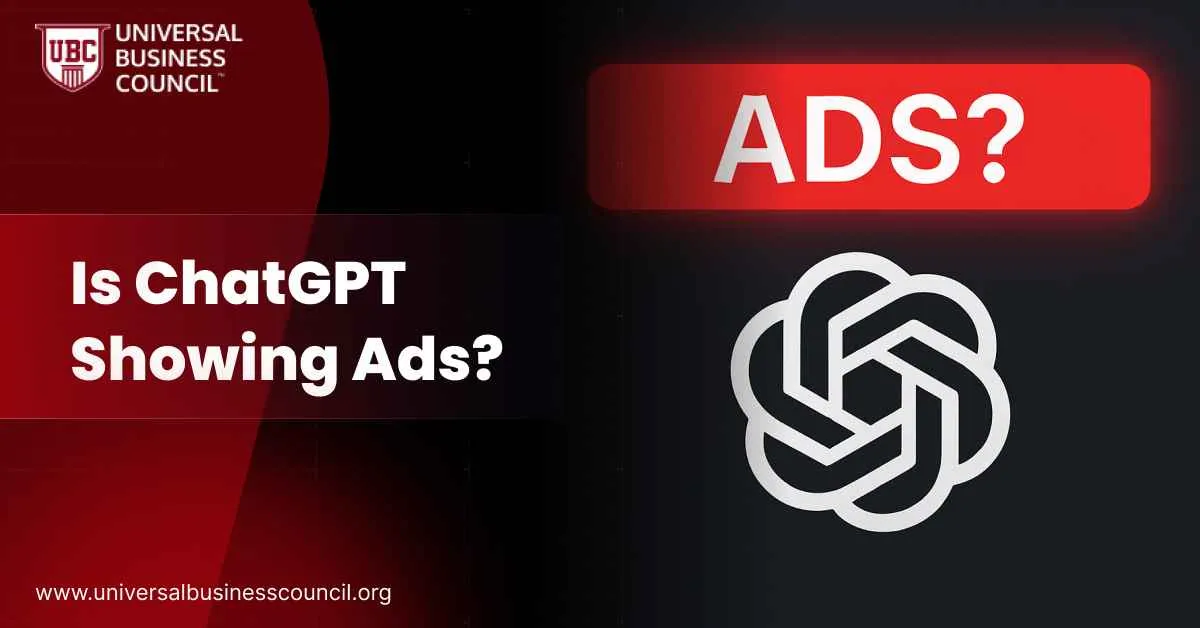
What Is a Permissionless Blockchain?
A permissionless blockchain is open and public. Anyone can read data, add transactions, or run a node. No one needs approval to join. This kind of blockchain is fully decentralized. There’s no central control. Bitcoin and Ethereum are the most popular examples. These networks use consensus methods like proof of work or proof of stake to keep everything secure and trustless. Key traits of permissionless blockchains:- Open to anyone
- Fully decentralized
- Transparent and public data
- Relies on incentive-driven consensus
- Built for trustless collaboration
What Is a Permissioned Blockchain?
A permissioned blockchain has restricted access. Only selected users can take part. Some users may only read data. Others may be able to write or validate transactions. This type is useful when privacy and control matter. Companies and governments often prefer this model. It’s faster, more private, and easier to manage. Key traits of permissioned blockchains:- Restricted to invited users
- Controlled by one or more entities
- Private data visibility
- Faster transaction speeds
- More regulatory control
How They Compare: Key Differences
Let’s look at a side-by-side comparison based on common features.Permissioned vs Permissionless Blockchains
| Feature | Permissionless Blockchain | Permissioned Blockchain |
| Access | Anyone | Only approved users |
| Control | Decentralized | Central or semi-centralized |
| Transaction Speed | Slower | Faster |
| Energy Use | Often higher | More efficient |
| Privacy | Low (public data) | High (private records) |
| Governance | Community-driven | Organization-led |
| Security | Secured by consensus | Secured by access control |
Pros and Cons of Each
No system is perfect. Let’s break down the advantages and disadvantages of both.Table 2: Benefits and Drawbacks
| Type | Pros | Cons |
| Permissionless | Open, decentralized, secure, censorship-resistant | Slower, energy-intensive, lacks privacy |
| Permissioned | Fast, private, scalable, enterprise-friendly | Less transparent, needs trusted administrator |
When to Choose a Permissionless Blockchain?
Pick this if:- You want open participation
- You are building a public dApp or DeFi project
- Your users don’t need to know or trust each other
- You want to prevent censorship or control
When to Choose a Permissioned Blockchain
Pick this if:- You need better privacy or data compliance
- Your users are known and verified
- You need to follow regulations
- You require performance and low latency
Real-World Examples
Bitcoin is a permissionless blockchain. Anyone can send or receive BTC, join the network, or mine coins. Hyperledger Fabric is a permissioned platform. IBM and other companies use it to track food, logistics, and contracts. R3 Corda is used by banks and governments. It supports private smart contracts between parties with complete confidentiality.Things to Consider Before Choosing
Here are a few questions to ask:- Do I need public transparency or private control?
- Will the users be known or anonymous?
- What’s more important—speed or decentralization?
- Do I need to meet legal compliance standards?



